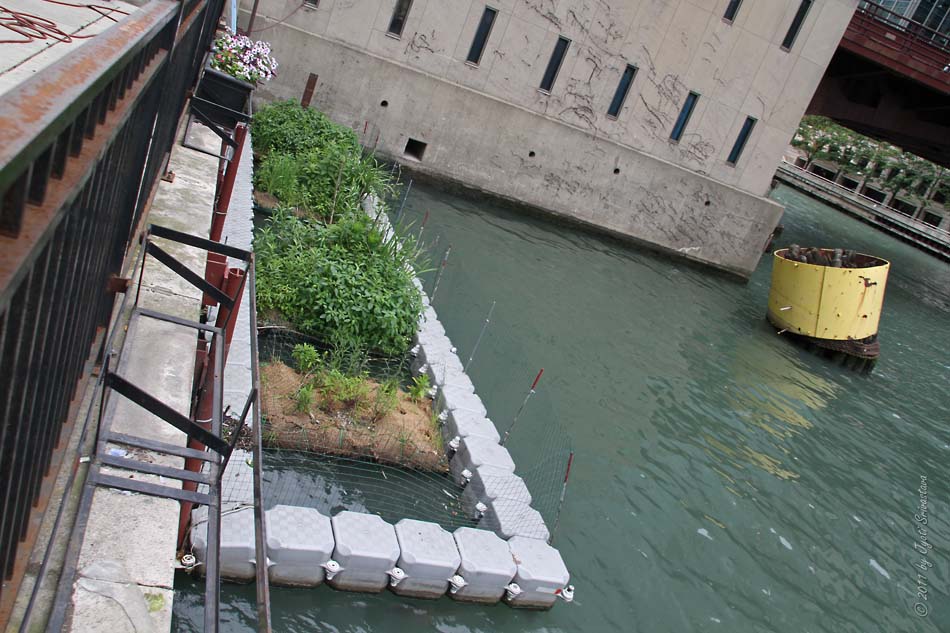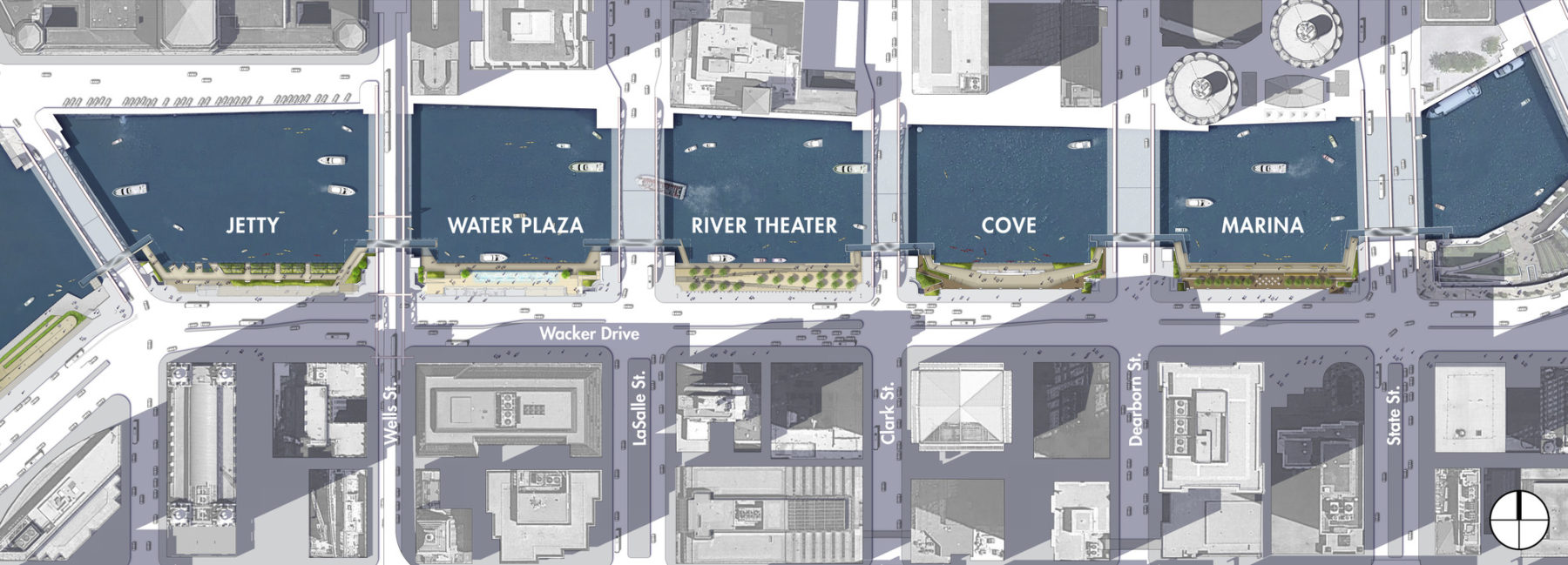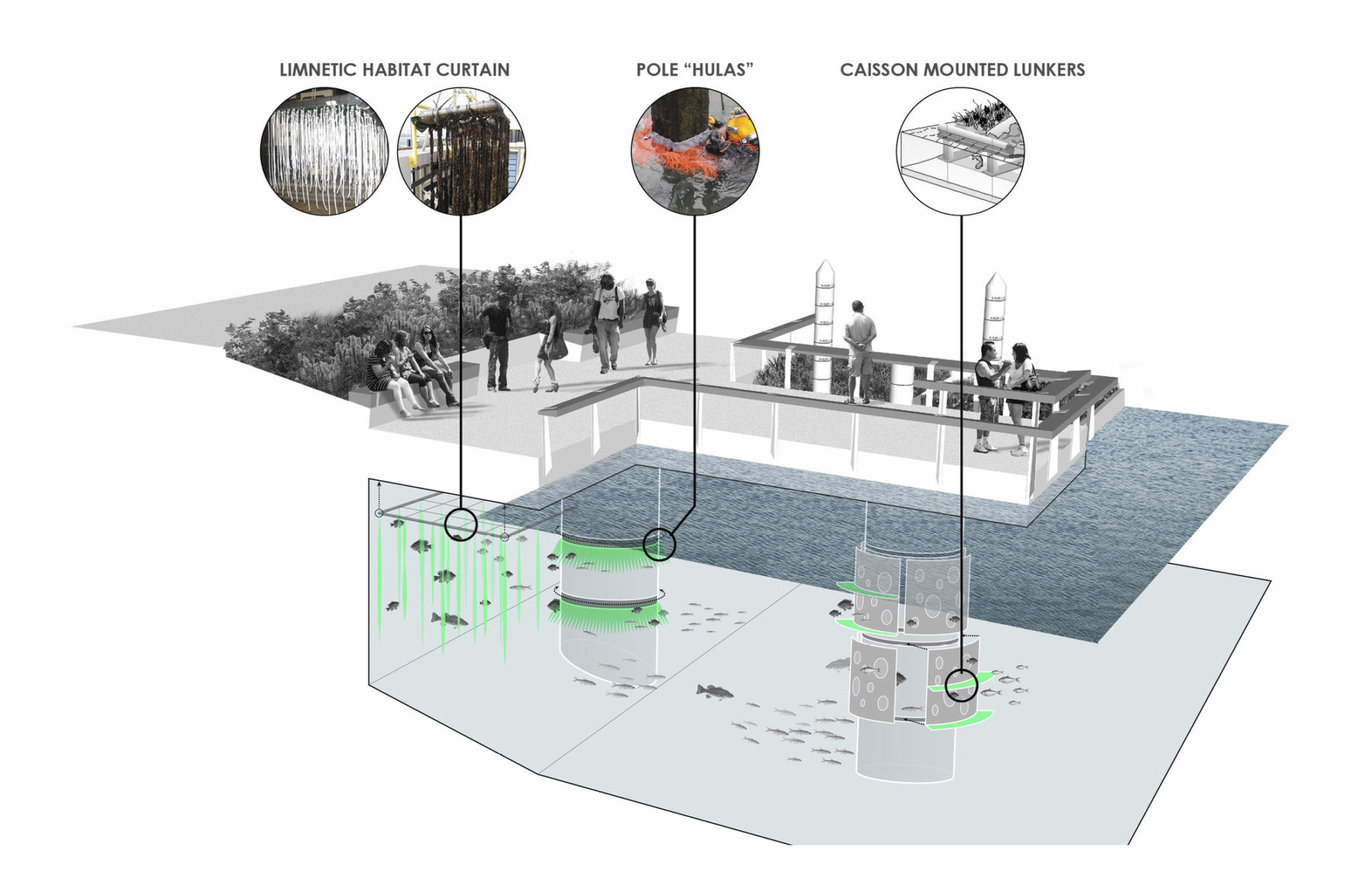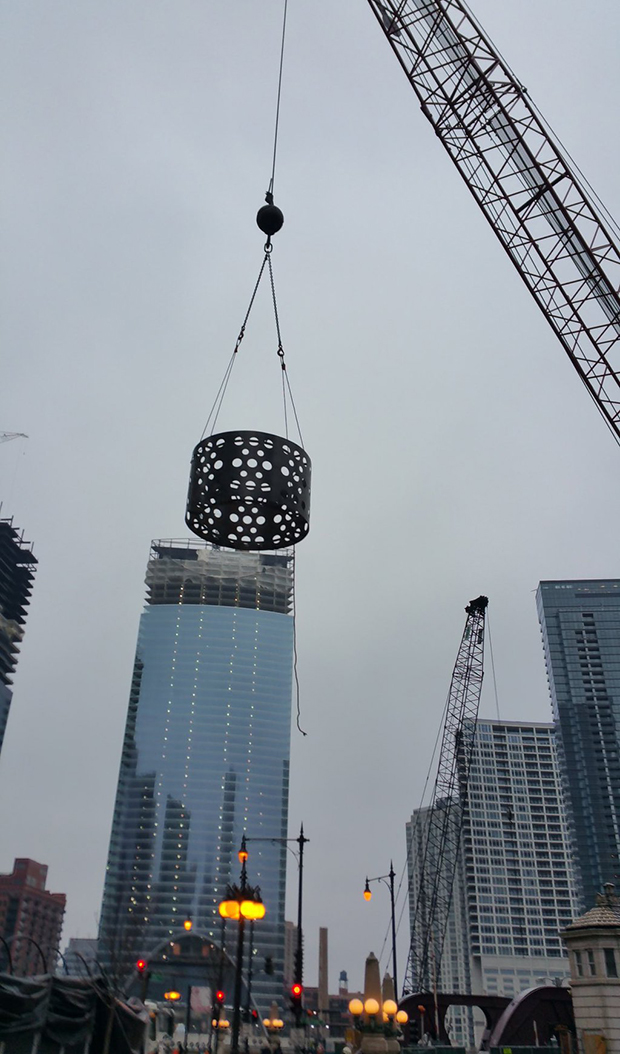Chicago Riverwalk Honored by ASLA
The project reclaims the Chicago River for the ecological, recreational, and economic benefit of the city
 Sasaki
Sasaki

This article was written by former Sasaki principal Gina Ford.
When most think of their experience of their own riverfront, no doubt their mind goes to the river bank. And, in those places that have seen investment along their waterways, perhaps they think of the places and pathways that line it.
Yet, riverfronts are more than this thin edge. They are deep places – as wide as their historic floodplain, as vertical as the air impacted by their unique microclimate, and as deep as a thousand layers of geologic development of their soil. Add time and movement to the equation; they are truly four-dimensional. Considered this way, riverfronts are incredibly rich design opportunities – their reach much broader than our land use and mindset boundaries suggest. I’d like to describe one such opportunity that we are in the process of realizing on the Chicago Riverwalk.
One of the first times I visited the Main Branch of the Chicago River – an iconic American landscape often identified by its hulking bascule bridges and skyscraper-lined edges – a much smaller intervention caught my eye. There, docked by the cold grey concrete walls that line the river and almost invisible among the chaos of the city, was a small floating island. Using the simplest of means, the Friends of the Chicago River had created a fish hotel – a wetland grass planted island to provide shade, food, and cover to the life below in an otherwise dead, grey, and hard riverbank.

The Fish Hotel by the Friends of the Chicago River
We have been working on the river since that day – developing the six-block stretch from State Street to Lake Street on the south side of the Main Branch for the Chicago Department of Transportation. Our team’s concept calls for a unifying and continuous walkway that threads together a series of unique and river-themed spaces. The Marina, the Cove, and the River Theater opened last year.

The Chicago Riverwalk, Phases Two and Three
That fish hotel island inspired the design team, serving as our muse for the fifth of the six rooms, which is currently under construction and slated to open this fall. Dubbed the Jetty, this block contains a greatly expanded series of floating wetlands and water gardens, designed to provide food, shelter, and protection to a variety of fish and other aquatic species.

The Jetty
Boardwalk spaces intertwine with the constructed fish habitat, and provide places for pedestrians to observe, fish, and learn from the naturalized river habitat. The goal is to provide a permanent space for ecological experimentation and educational observation along urban rivers. The Jetty landscape will be an extraordinary educational platform for local school groups to observe and understand the ecological cycles of habitat, vegetation, and water quality. We’ve blogged a bit about our design of the human experience of the Jetty. The outstanding planting palette, designed by Jacobs/Ryan Associates, mimics the original shoreline of the river and allows for materials to thrive within the river’s flood dynamics.

Planting in the Jetty
Watching the construction underway is exciting this very moment: the driving of new sheetpile walls, the de-watering and filling of this newly created land, and the layering of rebar to add structure to the new walkways. But perhaps what is most exciting is not what you will see at the surface, but what’s happening below. Our team designed a series of relatively low-cost, underwater amenities for the burgeoning fish population.

Life below the Jetty
Attached to the piers and walls of the sub-aquatic structural system, these elements provide critical shelter, food, and cover to fish populations in an otherwise barren landscape. They are placed at different depths corresponding with different fish populations’ preferred depths. There are a range of different elements, including pole hulas (shredded rope that creates great places to hide) and custom lunkers (caisson-mounted shelves and pockets).

Fish species, food sources, and habitat types
The team was thrilled to see the first pieces of this infrastructure starting to be installed a few weeks ago, and want to give a big shout-out and thank you to the Friends of the Chicago River (for its continual support and advocacy for the project and for the river) and the Illinois Department of Natural Resources (for its specific support of this important piece of the project). Also key to its success were the early planning contributions of the Conservation Design Forum and later implementation research by Sasaki’s own landscape ecologist, Anthony Fettes.

Fish infrastructure being delivered for installation on the Riverwalk
We look forward to watching this landscape open this fall and develop over time. As the water gardens grow and thrive, the river water will be cleaner and richer with aquatic life. Though largely unseen by people, a whole sub-aquatic world will find its place in this most urban stretch of the river, creating a deeper and richer riverfront experience.
The project reclaims the Chicago River for the ecological, recreational, and economic benefit of the city
While ecology and resilience are among the most salient topics in contemporary landscape architecture, their inherent relationship and differences have deep implications on practice